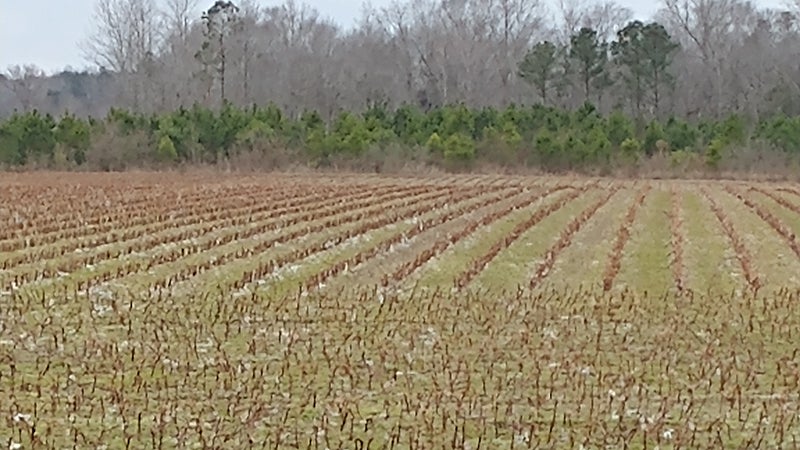Uniformity and diversity
Published 5:22 pm Tuesday, January 19, 2021
By Mark C. Carroll
Nature prefers diversity. In life and in our gardens, we are consistently faced with dichotomous choices between A and B. Uniformity and diversity.
As any lawn fanatic can attest, nature has other plans for their lush, presentable home meadow. Nature continually attempts to incorporate a diverse variety of weeds, to prepare soil, for some unknown future. So starts a battle encouraging one side of the spectrum over the other. Weapons include fertilizer, extensive maintenance, and focused attention to changes when they occur. A labor of love for some, a fruitless waste of time for others. Who is right? Perhaps, before we answer that we could look at some examples of uniformity and diversity.
Uniformity examples include:
4Monoculture — In the foreground above; favoring one single type of plant growing throughout an entire area of land, with a specific intention to eradicate anything else growing in that area. While typically time tested for productivity, the processes used in planting, harvesting, and processing crops based on what has been practical and profitable in the past, ensures an orderly and consistent “more uniform” product.
Some examples, of diversity include:
4Polyculture — In the background above; allowance of any or many plant habitats within a specific area. It’s a “survival of the fittest” situation.
4Purposeful planting of different species and types of plants to manage other plants. An example is planting garlic among flowers to reduce pest pressure.
Some might say that man is nature’s greatest diversity. Imagine if nature wanted a green lawn — the creation of man was its dandelion, on steroids. No two humans see all things the same way, and there are so many different actions that can be taken, even when they do, a predictable response is impractical.
My point is that there is a sweet spot on any spectrum. In this case between uniformity and diversity, where the majority of us meet, united. This spot generally yields the best benefit compared with the least cost. Even if we agree the sweet spot is best, does that mean we should completely devalue those who choose to focus on the fringes? Can we not learn from their endeavors? Nature is not tidy; it does not move only in uniformly straight lines. Plants and animals, including humankind, are part of nature, and in nature there are infinite ways to achieve results.
This is a little more philosophical perhaps than my other articles, so I appreciate your indulgence. I would further like to challenge readers to ask, what is more important in their garden — the uniformity of planting all sunflowers, or a diverse variety of flowers blooming throughout the season. Only flowers, or planting vegetables? For me, I lean toward diversity in life and in the garden farther than most, but I can learn and benefit from anyone.
In the end, we are guaranteed only two dates in our life, it is what we do within them that matters. Maintain order where you can and try a little diversity by growing something inside you this new year and something different in your garden. We reap what we sow.






